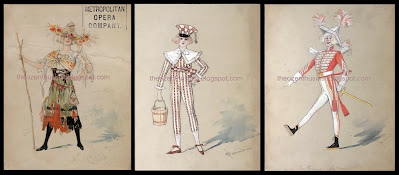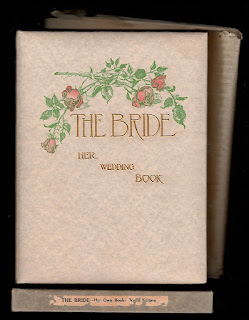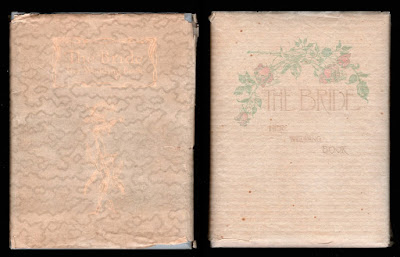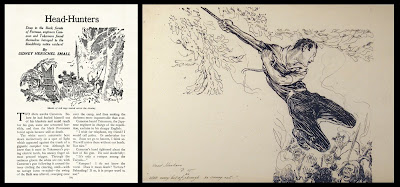After their breakout success in the 1903 Broadway production of The Wizard of Oz, David Montgomery and Fred Stone starred in a string of successful shows. The 1906 hit The Red Mill was devised for their talents, and this was followed by The Old Town in 1910. The Old Town played for 166 performances on Broadway, a very successful run in those days, then toured through the next year.
This photograph of the traveling cast of The Old Town is a fun relic of those days of large productions on the road. At 3' long by 10" tall it’s suffered damage over the years, but I’ve done some digital cleanup to help with viewing an unusual record of an early touring Broadway show.
The production was in town for a week, from November 6th to the 12th, 1911. A poster for the show can be seen at the right of the entrance to the theater, and looking along in that direction we see Dave Montgomery and further down the row, Fred Stone. This tour stop was an event, as it was the first time Montgomery & Stone had performed in Denver since achieving stardom. Allene Crater was a native of Denver and married Fred Stone in 1903 while playing the role of Cynthia Cynch in The Wizard of Oz. She was also in the original cast of The Old Town, but she was not performing in the show at this time. Allene and her sister Edith had acquired some notoriety in Denver, Allene through her marriage to Stone, and Edith through a rumored breach of promise suit against the well known playboy Wilson Mizner. Edith later married the author Rex Beach.
The name of the show is not visible in the photo, but the heads of the two actors can be seen on the large poster, wearing the Scottish headgear seen in the signed photo.The poster at the other side of the entrance, difficult to see in this photo, appears to be adapted from a publicity picture of the pair in street clothes. To the left of this can be seen a poster for the next week’s attraction, Baby Mine, which had a successful year-long run in New York.
Fred Stone spent the Friday afternoon of his week in town showing films of a polar bear hunt he participated in during the previous year, on a trip to the Arctic (see here for more details). He and Montgomery both donated toward a Christmas dinner for the local tubercular colony, leaving the town with a feeling of good will toward the pair of famous comedians.
 The
photo was taken by the Mile High Photo Company in Denver, Colorado in
1911. Mile High appears to have specialized in panoramic photographs,
and touring shows took advantage of this to preserve images of the
entire troupe in front of the theater where their show was playing. In
this case it’s the Broadway Theatre, part of the Hotel Metropole in
Denver, built in 1891 and demolished in 1984. I found a few later
examples of similar panoramas on the internet, all taken in front of the
same theater.
The
photo was taken by the Mile High Photo Company in Denver, Colorado in
1911. Mile High appears to have specialized in panoramic photographs,
and touring shows took advantage of this to preserve images of the
entire troupe in front of the theater where their show was playing. In
this case it’s the Broadway Theatre, part of the Hotel Metropole in
Denver, built in 1891 and demolished in 1984. I found a few later
examples of similar panoramas on the internet, all taken in front of the
same theater.

























































